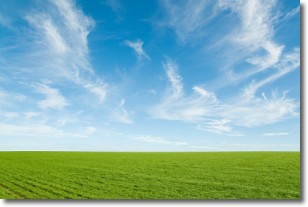Weather Alert in Montana
Hydrologic Outlook issued August 25 at 4:54PM MDT by NWS Great Falls MT
AREAS AFFECTED: Beaverhead, MT; Broadwater, MT; Cascade, MT; Gallatin, MT; Jefferson, MT; Lewis and Clark, MT; Madison, MT; Meagher, MT
DESCRIPTION: ESFTFX Monsoon moisture will slowly move northward and bring periods of widespread rain and embedded thunderstorms to Southwest and portions of Central Montana Tuesday night through Friday. Localized heavier downpours in excess of a half inch per hour can be expected with the heavier cells in addition to the general four day storm totals between a quarter to an inch and a half. The most persistent and heaviest rainfall is expected along and south of I90 on Wednesday and Thursday. Impacts will mostly be limited to sensitive burn scars or other normally flood prone locations or areas of steep terrain and may include instances of localized flooding, debris flows, and rock slides. Those considering any backcountry travel for Wednesday and Thursday of this week should be prepared for periods of excessive rainfall, muddy roads, and potential localized flooding.
INSTRUCTION: N/A
Want more detail? Get the Complete 7 Day and Night Detailed Forecast!
Current U.S. National Radar--Current
The Current National Weather Radar is shown below with a UTC Time (subtract 5 hours from UTC to get Eastern Time).

National Weather Forecast--Current
The Current National Weather Forecast and National Weather Map are shown below.

National Weather Forecast for Tomorrow
Tomorrow National Weather Forecast and Tomorrow National Weather Map are show below.

North America Water Vapor (Moisture)
This map shows recent moisture content over North America. Bright and colored areas show high moisture (ie, clouds); brown indicates very little moisture present; black indicates no moisture.

Weather Topic: What are Cirrus Clouds?
Home - Education - Cloud Types - Cirrus Clouds
 Next Topic: Condensation
Next Topic: Condensation
Cirrus clouds are high-level clouds that occur above 20,000 feet
and are composed mainly of ice crystals.
They are thin and wispy in appearance.
What do they indicate?
They are often the first sign of an approaching storm.
Next Topic: Condensation
Weather Topic: What are Contrails?
Home - Education - Cloud Types - Contrails
 Next Topic: Cumulonimbus Clouds
Next Topic: Cumulonimbus Clouds
A contrail is an artificial cloud, created by the passing of an
aircraft.
Contrails form because water vapor in the exhaust of aircraft engines is suspended
in the air under certain temperatures and humidity conditions. These contrails
are called exhaust contrails.
Another type of contrail can form due to a temporary reduction in air pressure
moving over the plane's surface, causing condensation.
These are called aerodynamic contrails.
When you can see your breath on a cold day, it is also because of condensation.
The reason contrails last longer than the condensation from your breath is
because the water in contrails freezes into ice particles.
Next Topic: Cumulonimbus Clouds
Current conditions powered by WeatherAPI.com




